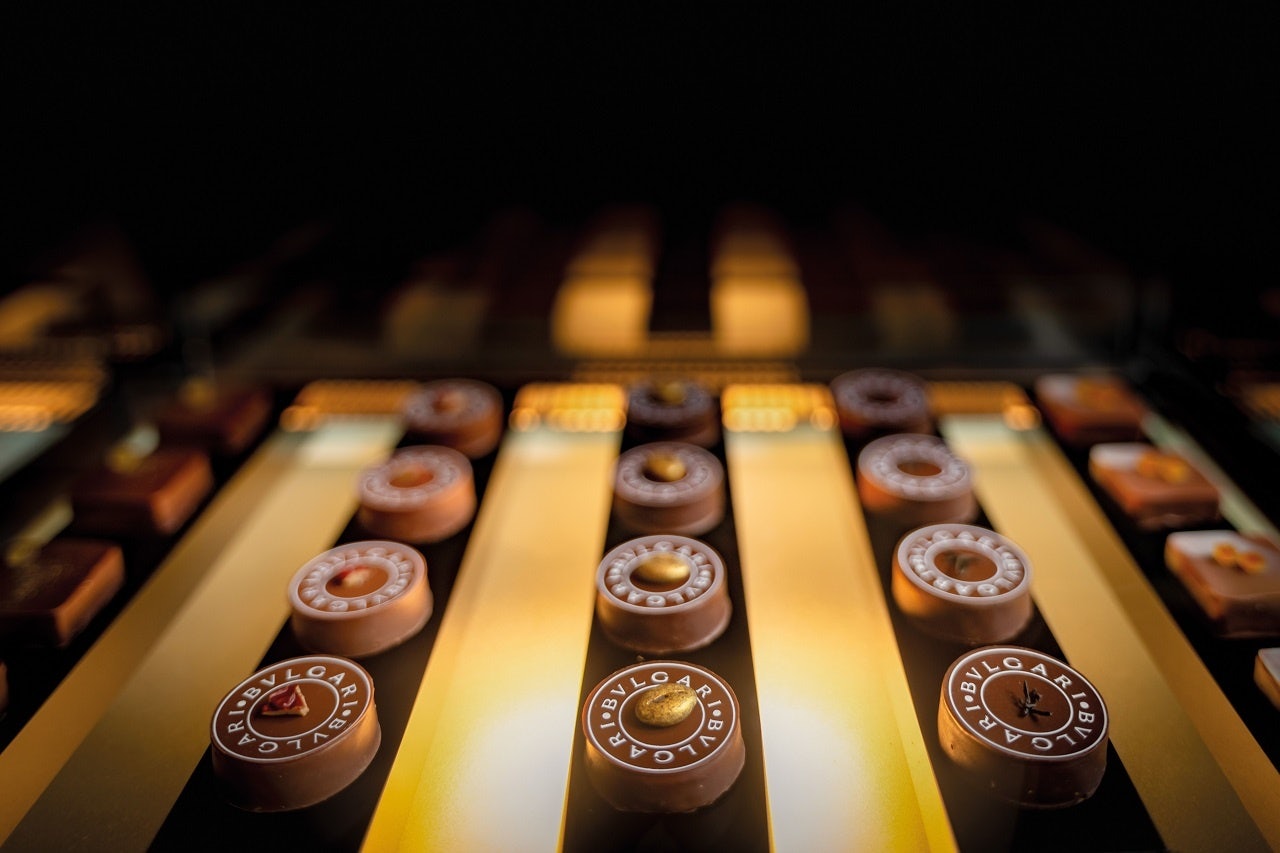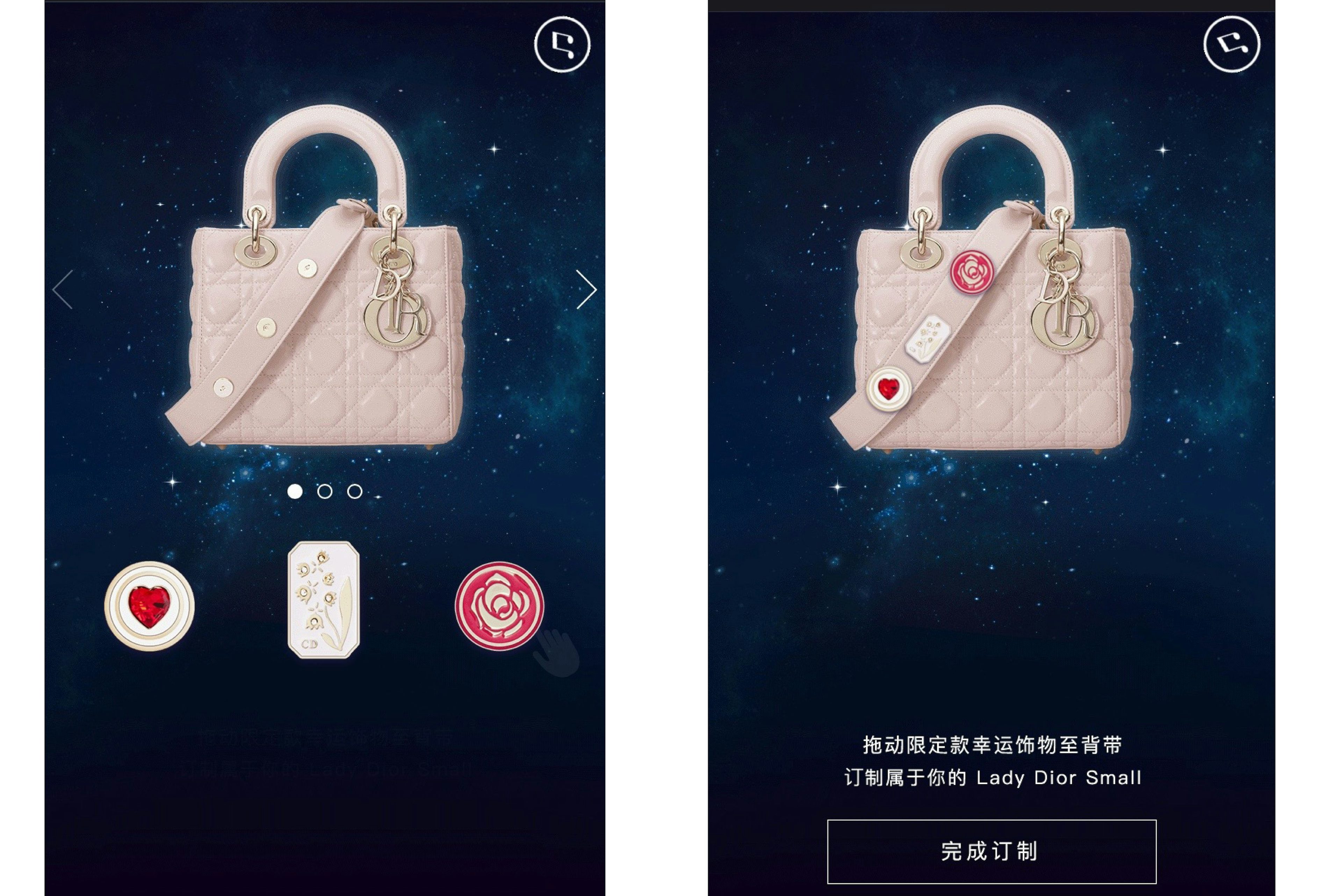Bulgari, one of LVMH's brands best known for fine jewelry and accessories, has diversified its portfolio in recent years by opening hotels, restaurants, and even chocolate shops at its properties in Dubai, Tokyo, and most recently, Shanghai.
Il Cioccolato, which is located on the ground floor of the hotel, next to the Italian gardens, may have an inviting interior that harkens back to Bulgari’s first print advertisements from the 1920s, but the basic idea behind it is to appeal to a new, more aspirational audience: one that might not be able to afford Bulgari jewelry but will happily splurge on a box of extravagantly-priced chocolates.
“When we established our Ristorante in Tokyo, we noticed the start of the gourmet artisanal chocolate trend in Japan, and we decided to propose our own version,” Mr. Silvio Ursini, Bulgari Group executive vice president explains. Ursini points to niche brands like Le Chocolat de H and Aoki as inspiration. Each chocolate is emblazoned with Bulgari's logo and are handcrafted by a small team of chocolatiers, who make approximately 200 pieces each day. They offer about 10 flavors at any given time, such as orange, balsamic fig, and Shanghai's signature red date and ginger. The team takes painstaking care assembling, trimming, and brushing each piece individually, but this isn't bean-to-bar chocolate like Toronto's SOMA Chocolatemaker, nor are the bonbons as perfectly tempered to a glossy sheen as at New York's Stick With Me Sweets. And although the price — 15-17 per bonbon — seems astronomical, the chocolates sell out daily.
Ursini believes that unique flavors, Bulgari design, beautiful packaging, and exclusivity have been keys to their success. “When Bulgari makes something new, being faithful to its values of preciousness, design and craftsmanship, our customers respond very positively,” he says. The customers seem to agree. “I think it's not only a chocolate, but about the whole experience,” explains Mr. Ryan, the British CEO of APAC, who always buys Bulgari chocolates for his daughter when he stays at the hotel. “The quality and presentation is top standard, and I know the Bulgari chocolates don't have any additives, so the taste is very pure.”
To date, China does not yet have a sophisticated chocolate culture, but these fancy chocolates, wrapped in a beautiful Bulgari box, make for a popular luxury gift, especially for impressing clients. Simply having the Bulgari logo stamped on top commands a price as if these chocolates were precious gems. It's the brand, not necessarily the product, that's selling here. The idea of an ultra-expensive, luxury brand creating a relatively affordable product to attract a wider, aspirational audience isn’t new — Tom Ford Lipstick, anyone — but it is quite effective for both a marketing and incremental sales. Mr. Wong from Guangzhou visits Shanghai twice a month for business and estimates that he's purchased hundreds of Bulgari chocolates without ever having tasted a single one. “I don't eat much chocolate myself,” he says. “But this is more unique and luxurious than Godiva.”


